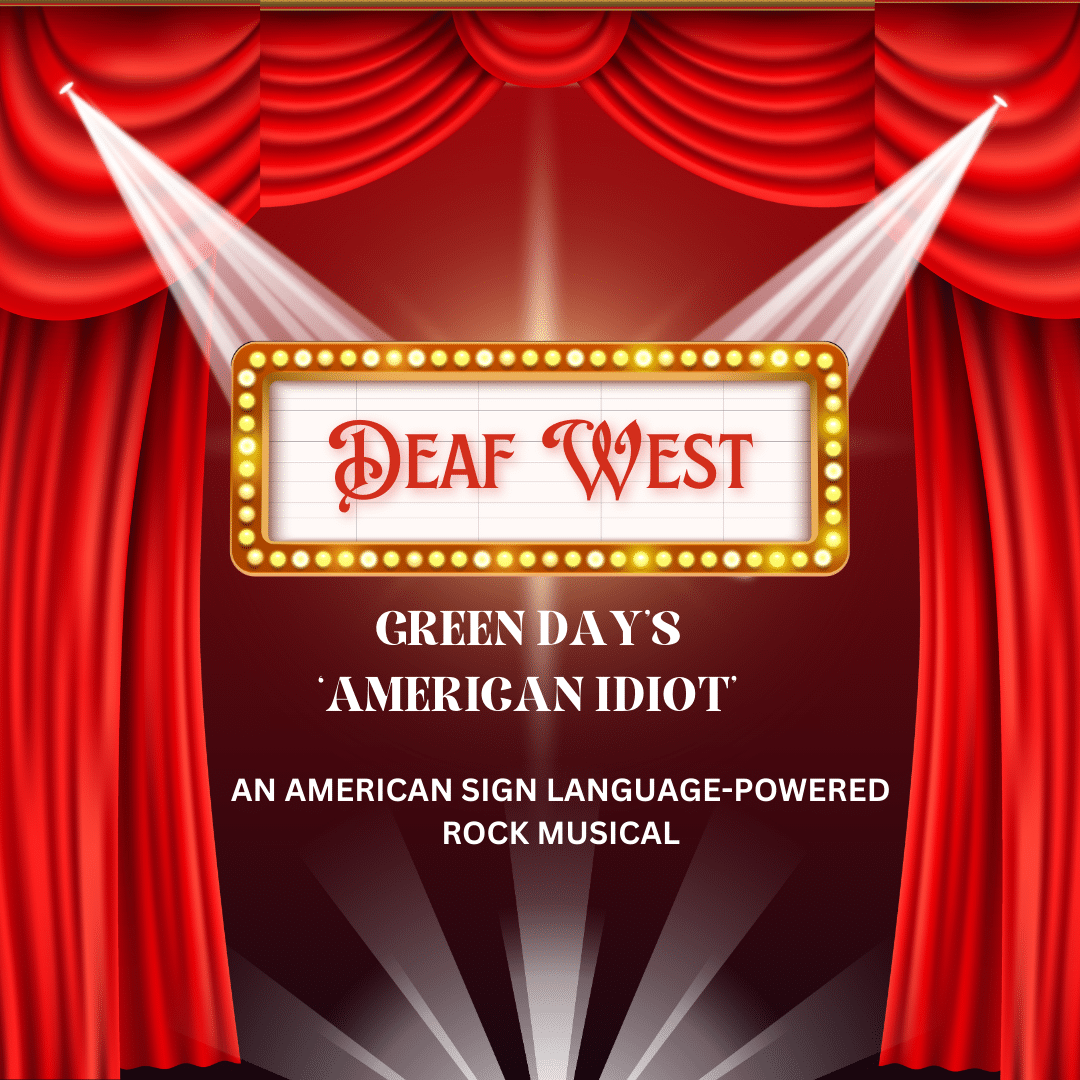
Poetry in the Deaf Community
- by Start ASL
- One Comment
by Emma Pellegrini | 16 November 2020
It is often noted, and quite strongly from a multitude of personal experiences, that words have power. A power that is stronger than most expressions that exist in our world. Words allow for one’s self to be free of the pressure of others and the surrounding world. They allow for self expression to become priceless, an aspect of which is important in innate and meaningful understanding of each other, in such a modernized, fast, and complexly overwhelming world. Poetry is even more a high art, if not the highest, of self expression and perspective. With poetry, one writes with a vulnerable conviction, a plea for help, a cry for love, a dance for joy and happiness, desperation, depression and a sense of breaking, learning how to begin to pick up the pieces. Poetry does not encompass any hard pressed set of rules, the only one being what will you choose?. What makes poetry in of itself so incredibly interesting is the lack of boundaries and rules. There is no one word that keeps itself to one meaning, one sentence that means the same exact thing from the writing of one poet to another’s own work. Variety is endless and there is a relaxation in knowing one is never wrong in how they write, but that they are now sharing what has never been written so powerfully, so vulnerably, or at least unlike in the way that they themselves are writing. For the deaf community, poetry is a large part of self expression and of sharing a perspective of their own experience, in a lifestyle that people that are hearing, depending, would most likely not fully understand. For the deaf, poetry is simply not just words that frame a moment or depict a sentiment or story, they show their struggle, their acceptance, their brilliance, their joy, their positivity , their outlook on humanity, their lifestyle shown in ways that are quite different than people of hearing might know poetry to be. Many of these aspects of which we all, hearing, hard of hearing, or deaf, can all continually learn a great deal from and apply to each of our own writing and our life in general.
In modern day, ASL poetry can be described as reconstructing “phonetic nuances into visual ones and one-dimensional words into three-dimensional shape[s]” (Burch, 1997).
The use of the space around oneself physically is a big aspect that contributes to the expansion of ASL poetry, beyond just the traditional works of poetry that is both in written and spoken forms. Because of this, poets that are deaf, use theatrical expression of the face, and movements of their body to create a story line that is multidimensional and fascinating, rather than having just one “plot”. The meaning to ASL poetry is multifaceted and dimensional, however in its form and performance it really is quite a simple act, and how poetry is illustrated today in the ASL community is different from in the past, for there have been many contributions to its highly developed and modernized state that it is today- by such as poets, performers, and in fact linguists, and has many complexities to it.
In ASL poetry, modern, the convention of rhyme is “formed through the repetition of particular hand shapes and [the] movement paths of signs” along with the non-manual signals such as facial expressions and body movements (Bauman, 2003). Certain and specific signs that correspond with a repetition of a particular hand shape movement manifest as the basis for the entire rhyme scheme for poetry in ASL format. The ASL rhyme scheme itself is a little bit similar in comparison to that of the rhyme scheme in the English language. However, the idea of repetition is not in a reference whatsoever to initial letters reiteration that are in the English translation of a particular sign that is being delivered or shown. Rather, it has more to do with the idea that the rhyming in ASL is in reference to a regularity to of one hand shape that is rudimentary to a wider range of different and unique signs ( for example, hand shape “b” in usage to sign words “birth”, “children” and “adult”). While there are some harsh and direct contrasts between English and ASL poetry, ASL and English language poetry share a similarity in terms of the aspect of orally delivered poetry. Both languages of ASL and English use types of repetition, rhyming, alliteration, and meter, all in all to create patterns that linguistically create an illustration and stress and meaning or understanding to forms of words- all in all poetry! Again, in contrast, English and ASL use different schemes of rhythm. In the poetry that is formed in the English language, there is a rhythmic emphasis and creation on verses of stressed and unstressed syllables, whereas in difference and contrast, in ASL poetry there is more of an innate focus on an either an intent or actions or an inaction of signs.
In the ASL poetry realm, reading, or more accurately, performing poetry, is quite similar to that of a theater production or movie in some small intricacies and aspects. When a deaf poet is sharing his or her work- performing, the experience is quite cinematic and dramatic, the poet using the space around their own self as if they are in the frame like a movie- like a scene. According to Bernard Bragg, a deaf actor and one of the founders of the National Theatre of the Deaf, deaf poetry’s large signed gestures are parallel to that of the panned up close shots most commonly in cinema productions in Hollywood. In movie productions, the importance of the filmed shot on one particular character’s face close up gives a sense of what is going on inside of that person’s mind, what thoughts are developing and what is drawing them to some sort of judgement or conclusion, some sort of sudden reasoning, dramatic and important for the movie’s shift of tone. In deaf poetry, the big focus is on the large and unhinged movements of the performing and poet who is signing, which are showing and conveying the unadulterated emotion or emotions that they wish the audience to know and understand for what they have written to perform and share. To achieve such an incredibly authentic and illustrative poetry experience, really depends on the perspective of the audience. The deaf poets will contract and expand their movements depending on just that- the audience’s perspective, and also in terms of making sure that those movements will correlate with what they are trying to convey for that particular phrase, sentence, or sentiment in their poem.
Today, the deaf poetry community is continuing its journey of evolving, ever away from the standard and the barriers of relying on just simply written word or verbal performance of their work, as a means of credibility and validation. The deaf poetry community has the unique ability to rely on the visual instead of merely on the written or the spoken, and that in of itself can regenerate a whole new context to the world of poetry. Poetry does not exist with any limitations or barriers. Poetry is relaxation for the mind and for the mind and its owner to enjoy. We, as a whole community, be us visual artists, writers, singers, musicians, scientists, chemists, teachers, et cetera , think beyond the typical. The typical never got us anywhere in our evolution. It was the people whose minds exponentially developed beyond the typical shaped from unique perceptions and experiences where those perceptions were developed. The brave, the bold, the unique, the exponentially minded, the gifted, the beautiful quirky people who gave us the gift of knowing more. Deaf poetry deserves a chance to be heard and to be seen by all, for it is truly one of the many incredible and beautiful gifts that the deaf community gives back to all the other communities surrounding its own.
Works Cited
Sans, Sofia. “Deaf Poetry: Expanding the Horizons of Poetic Expression”. July 10th, 2020. www.hearinglikeme.com/deaf-poetry-expanding-the-horizons-of-poetic-expression/, Accessed: 11/16/2020
Hawk, Lori. “American Sign Language Poetry: Heart and Hands”. August 22nd, 2007. www.lifeprint.com/asl101/topics/”poetry”.htm Accessed: 11/16/2020


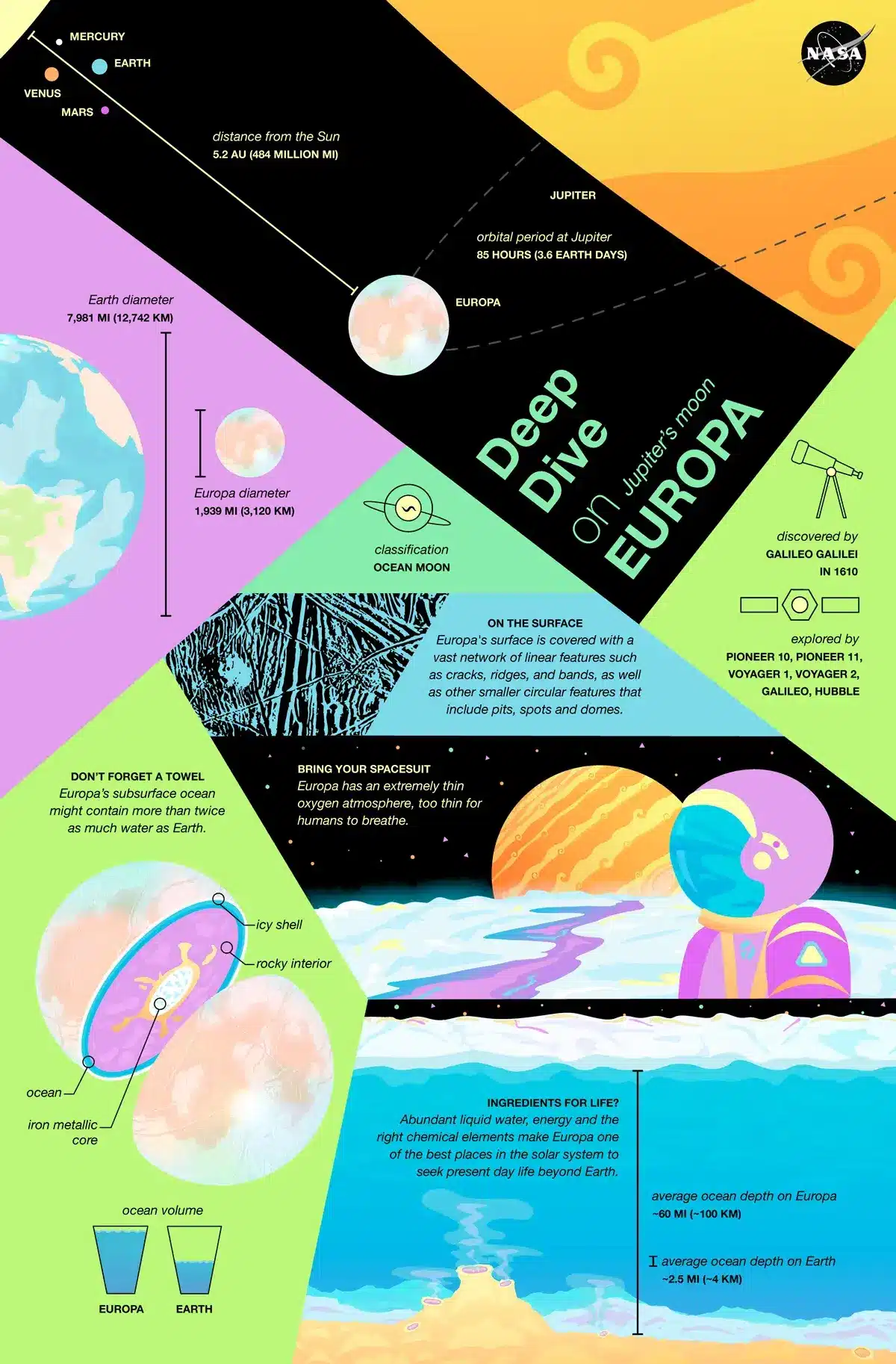
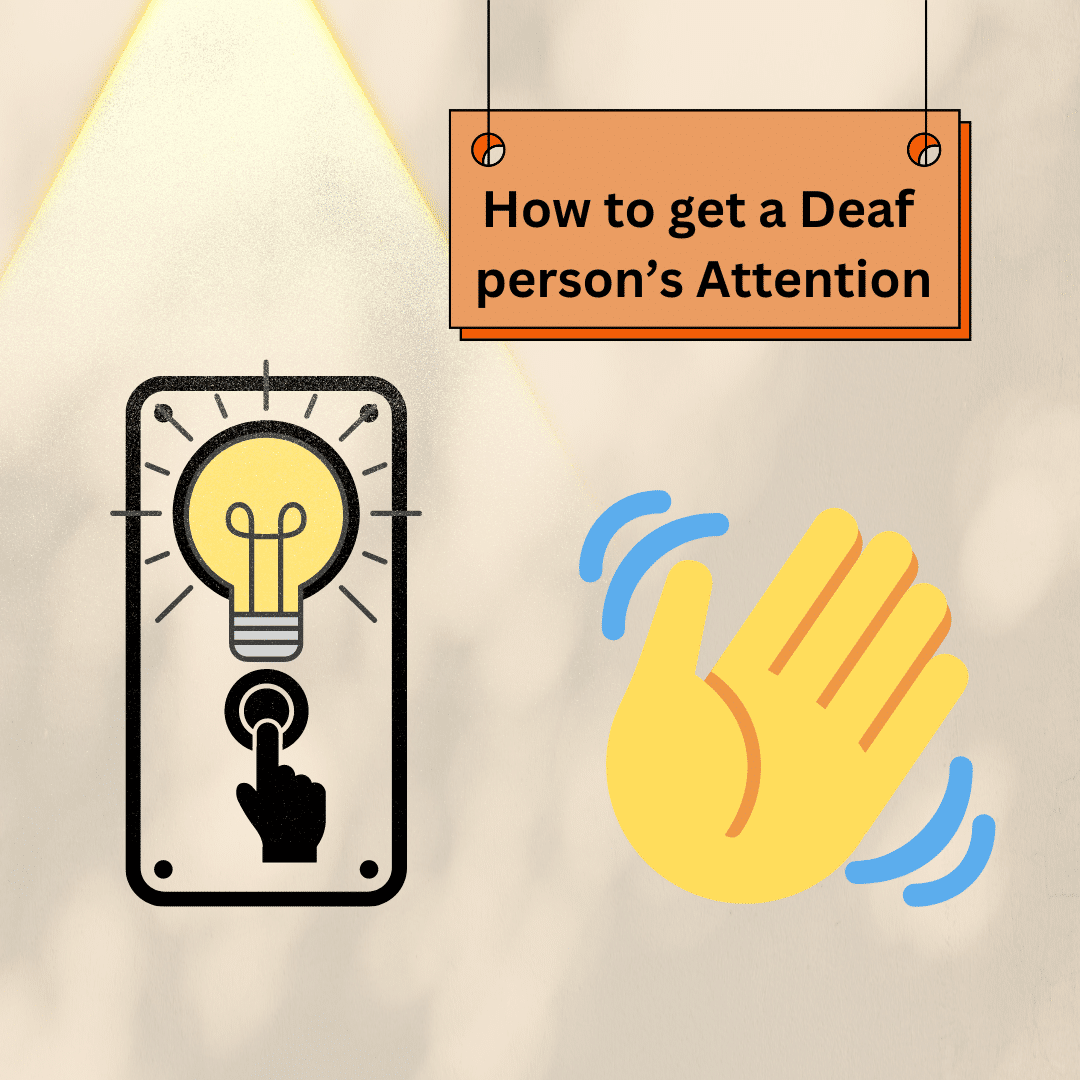
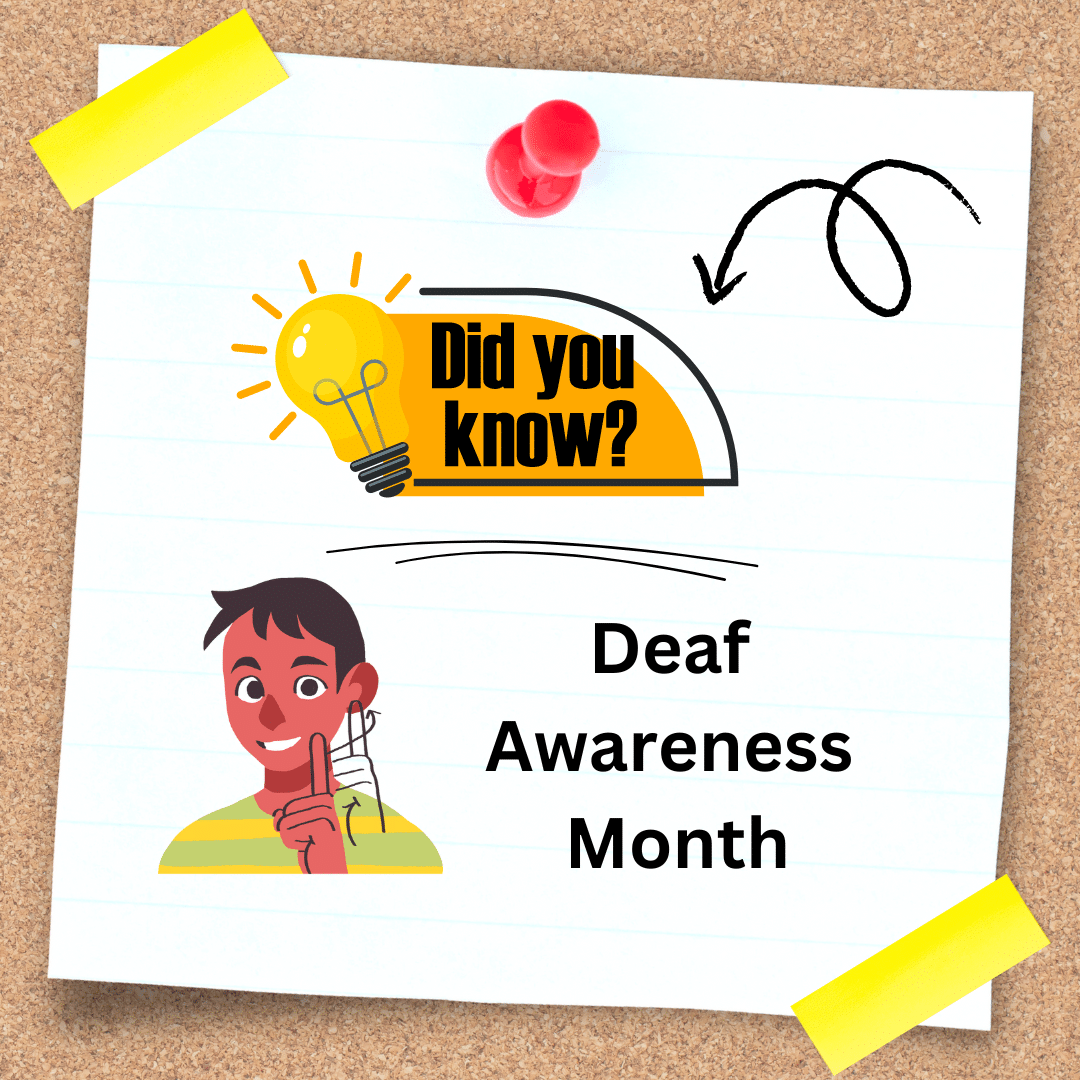
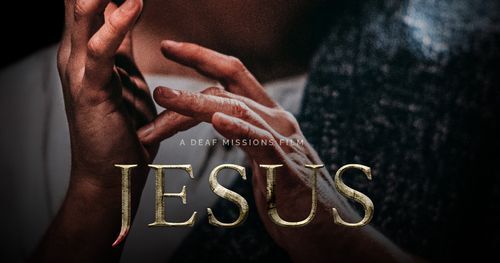
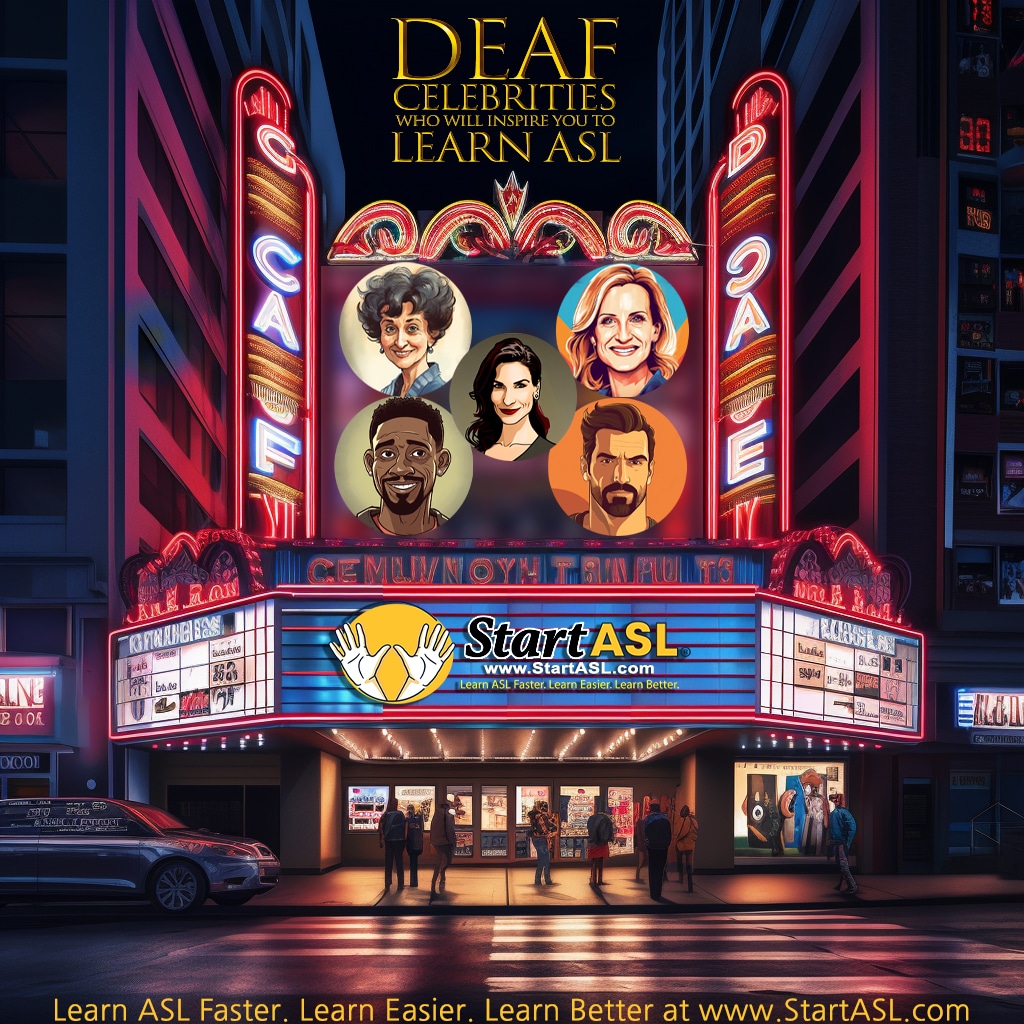




One Response
What I understood about hard of hearing poetry before reading this is that i knew deaf people have a more expressive way to show their emotions then people who can hear. And while i was reading about the paragraphs about hard of hearing poetry is that its a way to express how you feel and how to understand each others emotion and spirit better, its a way to communicate without any rules. Deaf people express more powerfully then people who can hear since they have to communicate another way. For us it might be just a language that deaf people use to communicate with each other but its much more fascinating then that, Its so powerful so expressive, And its a beautiful way to express how we feel since we are all human. Something that stood out for me is ”In deaf poetry, the big focus is on the large and unhinged movements of the performing and poet who is signing, which are showing and conveying the unadulterated emotion or emotions that they wish the audience to know and understand for what they have written to perform and share.” i thought that was so inspiring how there are so many more ways to show emotion and love and joy and sadness and angry then just hearing it from others.